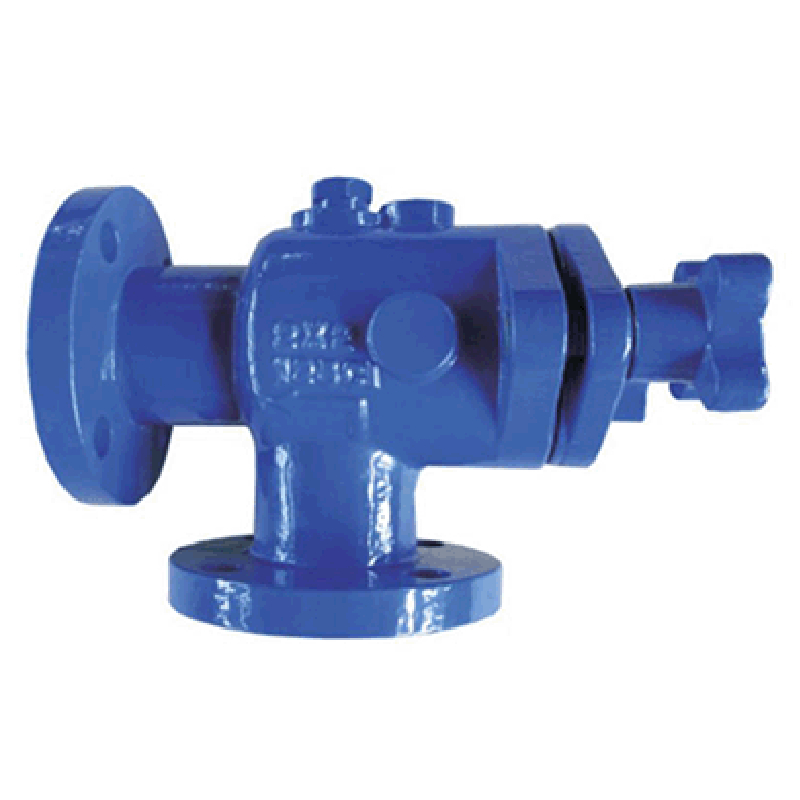Nov . 19, 2024 17:31 Back to list
Counterweighted Check Valves for Enhanced Fluid Control and Efficiency
The Role of Check Valves with Counterweights in Fluid Systems
In various industries, the efficient management of fluid flow is critical for maintaining operational safety and efficiency. One of the essential components that aid in this process is the check valve, specifically the type equipped with a counterweight. This article explores the functionality, advantages, and applications of check valves with counterweights, helping to illuminate their importance in modern fluid systems.
Understanding Check Valves
Check valves are mechanical devices designed to allow fluid to flow in one direction while preventing backflow. This is crucial in systems where reverse flow could cause damage or compromise equipment integrity. The basic operation of a check valve relies on the pressure of the fluid. When the pressure on the inlet side exceeds that on the outlet side, the valve opens, permitting flow. If the pressure drops or reverses, the valve closes, effectively blocking backflow.
Introduction to Counterweighted Check Valves
Counterweighted check valves incorporate a counterweight mechanism to enhance performance. This design feature allows for the valve's disc to close more quickly and decisively, which is especially beneficial in high-velocity systems or where sudden pressure fluctuations can occur. The counterweight essentially provides a downward force, ensuring that the valve closes securely each time fluid flow ceases or reverses.
Advantages of Counterweighted Check Valves
1. Improved Performance The primary advantage of counterweighted check valves is their ability to close quickly and efficiently in response to changes in fluid flow. This rapid closure minimizes the risk of water hammer—an intense pressure surge caused by sudden changes in flow velocity—which can lead to system damage.
check valve with counterweight

2. Reduced Maintenance Costs With effective closure and backflow prevention, these valves tend to lower the frequency of maintenance interventions needed. This reliability means fewer replacements and repairs, translating to cost savings for operations.
3. Versatility in Applications Counterweighted check valves can be used in a wide range of applications across different industries, including water treatment plants, chemical processing facilities, and HVAC systems. Their versatility makes them a preferred choice in scenarios where backflow prevention is crucial.
4. Enhanced Safety By preventing backflow, these valves help to maintain the integrity of the systems they serve. In applications where contamination of the fluid could jeopardize health and safety, counterweighted check valves provide an additional layer of protection.
Applications of Counterweighted Check Valves
Counterweighted check valves find their applications in various sectors
- Water Management In municipal water systems, these valves prevent backflow into clean water supplies, ensuring consistent quality and safety. - Fire Protection Systems In fire suppression systems, the quick closure capability of counterweighted check valves can help ensure that the systems operate efficiently during emergencies. - Industrial Processes Many manufacturing processes rely on precise fluid dynamics, where check valves help maintain flow direction and pressure stability.
Conclusion
In summary, counterweighted check valves play a critical role in various fluid systems by ensuring efficient flow management and preventing backflow. Their design not only enhances performance but also provides significant benefits in terms of maintenance and safety. As industries continue to evolve and demand higher reliability and efficiency, the importance of integrating advanced check valve technologies, such as those with counterweights, cannot be overstated. Understanding their role and advantages can lead to better decision-making in system design and maintenance, ultimately benefiting both operational performance and safety standards.
Share
-
Reliable Wafer Type Butterfly Valves for Every IndustryNewsJul.25,2025
-
Reliable Flow Control Begins with the Right Ball Check ValveNewsJul.25,2025
-
Precision Flow Control Starts with Quality ValvesNewsJul.25,2025
-
Industrial Flow Control ReliabilityNewsJul.25,2025
-
Engineered for Efficiency Gate Valves That Power Industrial PerformanceNewsJul.25,2025
-
Empowering Infrastructure Through Quality ManufacturingNewsJul.25,2025